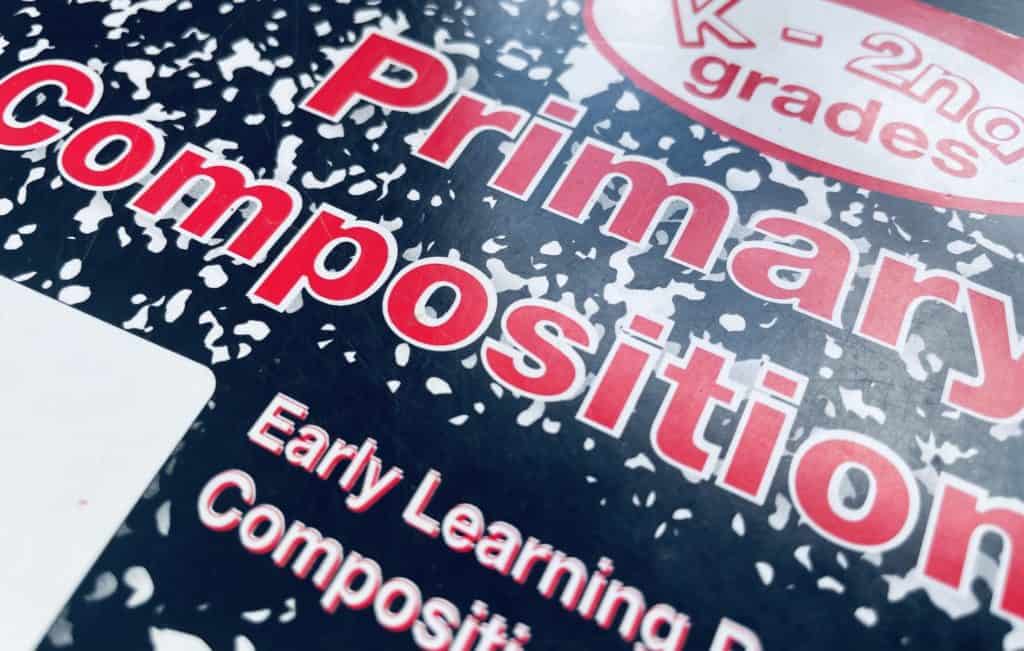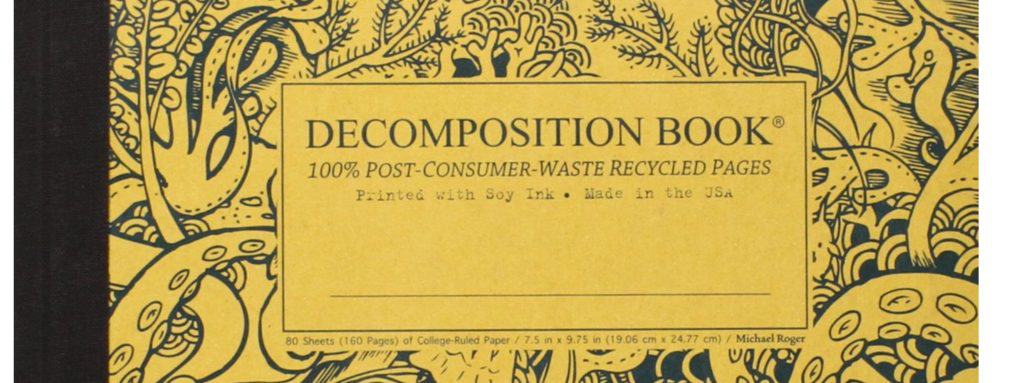Remember back to grade school when everyone seemed to carry around the same black and white notebook? What’s the deal with composition notebooks? Do companies still make them? Do students still use them? Are some better than others?
What Is A Composition Notebook?
As you might already know, a composition notebook, sometimes called a composition book, is a empty notebook designed for use by students. It has lined pages and a stitched binding. The pages are note perforated and the notebook has no special features like pockets or included stickers. The notebooks have board cover, which means it’s made of thick, paper sometimes it can bend both other will almost seem to crack if bent.
Perhaps the most critical element of the composition notebook, at least the most recognizable one, is the black and white “marble” print on the covers.
Composition notebooks are normally very affordable. They are the sort of notebooks a school would buy in bulk and give to students with their back-to-school kit, alongside workbooks and other necessary items for the school year.
Composition notebooks almost always used white pages with blue lines. They are rarely blank, grid, or dot grid. The notebooks are commonly sold in wide rule, but can be found in college rule as well, which makes sense since the typical user is a student in grade school.
These notebooks have been made for so long and by so many different companies that almost any element can vary from what’s described above. After all, it’s 2021 so of course people have tweaked the formula and come up with high-end, and/or ironic takes on the composition book. You can find them with any color marble print, flexible covers, and some even have graph paper inside.
Who Makes Composition Notebooks?
The best-selling of all composition books is the Mead Composition Book (100 sheets, wide ruled).
The other big name in the space is the Oxford Composition Notebook, which is also 100 sheets and is generally sold in wide ruled print but is available in college ruled as well.
Amazon Basics’ notebook is popular too, but it’s not one of the mainstream ones, like Oxford, Tops, and Mead. Brands like Staples also make their own in-house models, like the Tru Red composition book. Many, many other companies sell them too, like Mead’s Five Star sub-brand, Norcom, and others.
Who Makes Upscale Composition Notebooks?
Composition notebooks aren’t all the same — some are nice than others, with heavier paper, stronger covers, and all sorts of upgrades. You might think that a nice composition book runs counter to the whole idea of these things because they are supposed to be super cheap, and highly available. If they are cheap and available they can be used for learning without worrying about using up fancy or expensive paper.
Even so, high-end composition books do exist. Some are…
- Comp by Aron Fay – $20, 148 pages, 120 gsm paper
- Doane Composition Notebook – $10, 60 sheets pages
What Size Are Composition Notebooks?
These notebooks almost always the same size, but they don’t adhere to standard paper and notebook sizes. This size is 7.5 inches wide by 9.75 inches tall (190 mm x 250 mm).
For example the popular Oxford composition notebook is 7.5 x 9.75 inches. That’s about a B5 notebook size, but not quite the same — it’s a little bit less wide. The Mead is the same size, as is the Amazon Basics notebook.
What Paper Do They Use?
Composition notebooks typically are very affordable, which means it should be not surprise that they use very cheap paper. This paper is usually white with blue lines, which is to say that it is “ruled.”
The paper is normally hard coarse, highly absorbent (so it’s not good fountain pen paper), and very light. The paper is commonly made in a 54 gsm weight.
Who Invented The Composition Notebook?
The black and white marbled notebook, which we recognize as a composition notebook is generally credited to Roaring Spring, a paper product company based in Pennsylvania. They first starting making their composition notebook. The company was founded in 1865 in Roaring Spring, PA and they even call their notebook, “The Original.”
The best part? Roaring Spring still sells a composition book.
What Is A Decomposition Book?
The “decomposition book” isn’t really so much a type of composition as it is a play on words. The Michael Roger company makes a line of what they call “Decomposition Books” which are environmentally-friendly, biodegradable notebooks.
These green notebooks are made out of 100% recycled paper and use eco-friendly soy ink.
While the are called “Decomposition Books” and some models are actually true composition books there is actually a full range of colors and styles in the Decomposition family, including spiral-bound notebooks, pocket-sized notepads, 3-ring binders, and other products. The Michael Roger company focused on the earth-friendly “decomposition” element and didn’t restrict the products to traditional composition books.


